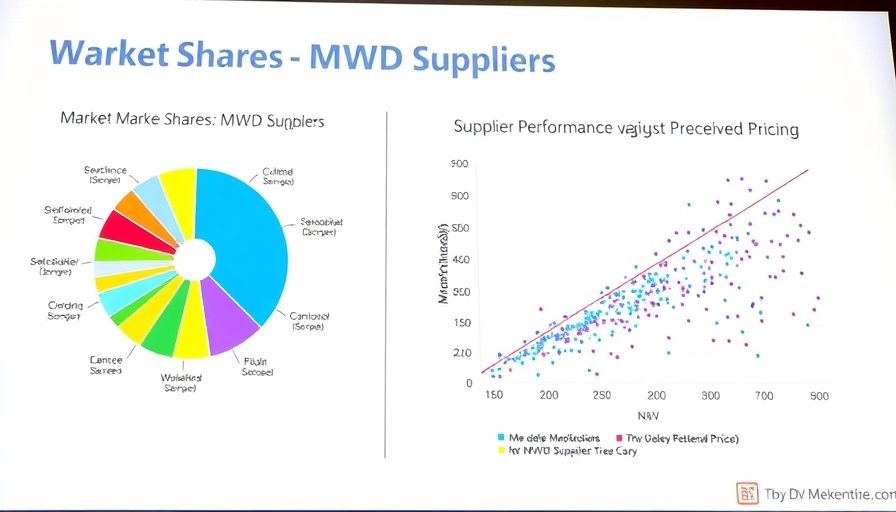
Understanding the Importance of MWD Reliability
In the ever-evolving landscape of the energy sector, particularly within the realms of oil and gas, reliability in Measurement While Drilling (MWD) systems remains pivotal. Recent data from the 2025 Kimberlite MWD Supplier Performance report underscores this sentiment, with 62% of surveyed operators identifying improved MWD reliability and durability as a primary concern. This statistic doesn't merely reflect a superficial trend; it indicates a profound shift towards prioritizing the integrity of drilling technology amidst mounting competitive pressures.
Transmission Rates: The Gateway to Efficiency
Transmission rates, the velocity at which data is relayed from drilling equipment to surface operations, are equally vital. Enhanced transmission capabilities enable real-time decision-making, reducing downtime and optimizing drilling operations. As industry operators strive to enhance their operational efficiency, understanding the correlation between MWD reliability and transmission rates becomes crucial. Operators who invest in systems that combine robust MWD reliability with high transmission rates may position themselves favorably, gaining a competitive edge in a saturated market.
The Competitive Landscape and Market Dynamics
Aligned with this focus is the broader competitive landscape that characters today's drilling environment. As energy demands rise and extraction becomes increasingly challenging, operators are compelled to push technological boundaries. The emphasis on MWD reliability and transmission rates serves as a reflection of the industry's response to these external pressures. Companies that successfully integrate innovative technologies can capitalize on market demands, ensuring their competitiveness in an industry marked by ongoing fluctuations.
Data-Backed Decision Making: The Role of Analytics
In a sector where margins are tight and operational efficiency is paramount, leveraging data analytics to assess MWD performance can yield significant benefits. Companies are now deploying sophisticated analytical tools that allow for the real-time monitoring of MWD systems, promoting swift corrective actions when necessary. By adopting a data-centric approach, firms can not only enhance the performance of their drilling operations but also inform future procurement and investment decisions.
Future Opportunities: Innovating for Success
The future of MWD technology appears promising, with several trends poised to shape its trajectory. As digital transformation permeates the industry, automation and artificial intelligence are expected to play increasingly prominent roles. By harnessing these advancements, operators could achieve unprecedented levels of efficiency and accuracy in drilling operations. Forward-thinking firms looking to remain at the forefront of this development will need to embrace these innovations, incorporating them into their existing systems to enhance both reliability and transmission rates.
Conclusion: The Imperative to Adapt
In summary, MWD reliability and transmission rates are not merely technical metrics; they represent broader themes of resilience and adaptability within the oil and gas industry. For energy executives looking to navigate this complex landscape, understanding these dynamics is essential. As we move forward, it becomes increasingly critical for stakeholders to remain innovative and responsive to these challenges. Investing in advanced MWD systems will not just enhance operational efficiency; it will readiness for the future.
 Add Row
Add Row  Add Element
Add Element 



Write A Comment